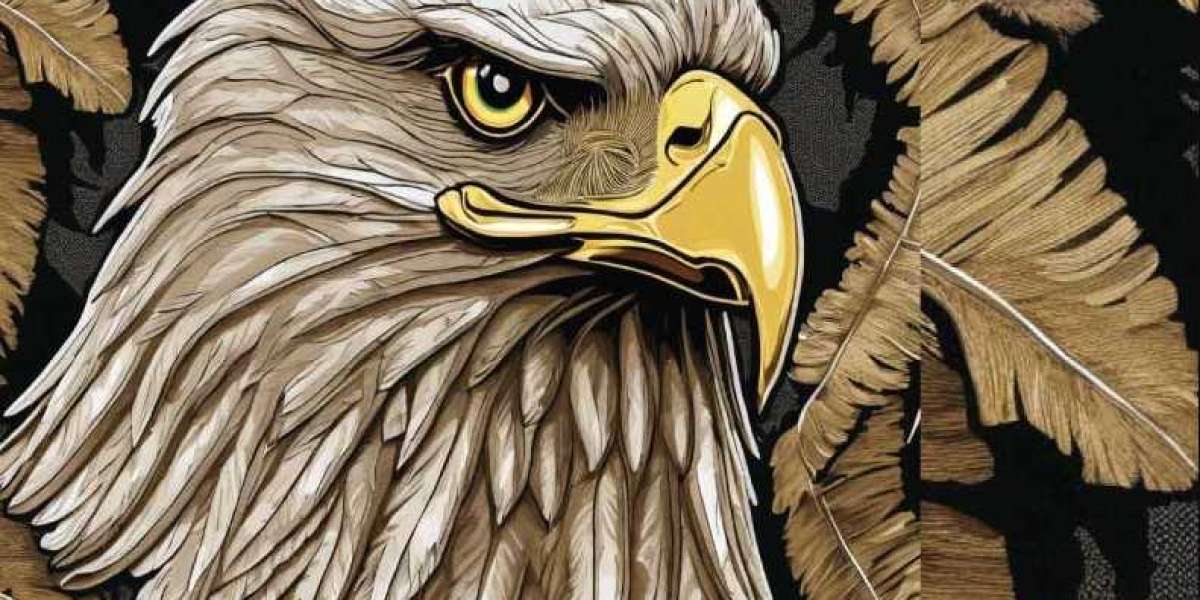Introduction
Embroidery has long been a cherished craft, celebrated for its intricate beauty and timeless appeal. However, as technology continues to evolve, the process of creating embroidered designs has undergone a dramatic transformation. Today, digitizing for embroidery: transforming creativity into precision bridges the gap between traditional craftsmanship and modern innovation. This process allows designers to translate artistic visions into stitch-perfect realities, delivering accuracy and consistency across various materials and applications.
In this guide, we'll delve into the essentials of embroidery digitizing, explore the tools and techniques involved, and discuss how this craft is revolutionizing branding, fashion, and creative industries.
What Is Digitizing for Embroidery?
Digitizing for embroidery is the process of converting a design, logo, or image into a machine-readable embroidery file. This file acts as a blueprint, guiding the embroidery machine on stitch types, directions, and densities. The goal is to ensure the design translates seamlessly from the digital world to fabric.
This art form isn't just about technical precision—it's also about preserving the integrity of the original design. Whether you're working with a simple logo or a complex illustration, digitizing ensures every detail is executed with clarity and consistency.
Why Is Digitizing for Embroidery Important?
1. Precision in Execution
Digitizing translates creative ideas into precise stitch instructions. This ensures that the embroidery machine executes the design with minimal errors, resulting in high-quality outcomes.
2. Consistency Across Materials
Whether you're embroidering on cotton, denim, or leather, a digitized logo can be tailored to suit the fabric type. Adjustments in stitch density and direction ensure the design remains flawless regardless of the material. A well-digitized logo adapts to the unique properties of each fabric, ensuring durability and visual appeal that aligns perfectly with your brand's identity.
Digitizing makes it easy to scale designs up or down without losing detail or quality. This is especially important for logos that need to appear on various products, from large banners to small caps.
The Process of Digitizing for Embroidery: Transforming Creativity into Precision
Step 1: Preparing the Artwork
Before digitizing, it's crucial to start with clean, high-quality artwork. Vector files (such as AI or EPS formats) are preferred because they maintain clarity when resized. This step lays the foundation for a successful embroidery design.
Step 2: Choosing the Right Software
Specialized software, like Wilcom, Hatch, or Pulse, is used for embroidery digitizing. These programs allow designers to assign stitch types, directions, and densities to specific parts of the design.
Step 3: Mapping Stitch Types
Each element of a design requires a specific stitch type:
- Satin Stitches: Ideal for letters and outlines.
- Fill Stitches: Used for larger areas of the design.
- Running Stitches: Perfect for fine details or underlays.
Step 4: Adjusting for Fabric
Different fabrics react differently to stitches. For instance:
- Stretchy fabrics require lower stitch density.
- Heavier fabrics can handle denser stitching.
Adjusting the design based on fabric type ensures durability and aesthetic appeal.
Step 5: Testing the Design
Before finalizing, test the digitized design on a sample fabric. This helps identify any issues, such as puckering or thread breaks, and allows for adjustments before full production.
Tools and Software for Embroidery Digitizing
1. Wilcom
A leading name in embroidery software, Wilcom offers advanced tools for creating detailed and precise designs.
2. Hatch Embroidery
Ideal for both beginners and professionals, Hatch is user-friendly and packed with features for high-quality digitizing.
3. Embird
Known for its versatility, Embird supports various file formats and offers powerful editing tools.
4. Pulse
Pulse is renowned for its cloud-based functionality, making collaboration and file sharing seamless.
Tips for Mastering Digitizing for Embroidery
1. Understand Your Fabric
Different fabrics require different approaches. Always consider texture, density, and stretch when digitizing a design.
2. Keep It Simple
While complex designs can look impressive, they may not translate well onto fabric. Simplify intricate elements to avoid distortion.
3. Use Quality Thread
The thread's quality plays a significant role in the final look of your embroidery. Opt for durable, colorfast threads for professional results.
4. Test and Iterate
Always test your design on a sample fabric before production. This allows you to identify and fix potential issues early.
Applications of Digitized Embroidery Designs
1. Branding
From corporate uniforms to promotional merchandise, digitized embroidery designs ensure brand logos are represented consistently and professionally.
2. Fashion
Designers use embroidery digitizing to add unique, custom touches to clothing and accessories.
3. Home Décor
Personalized embroidery designs can elevate home décor items like cushions, curtains, and table linens.
4. Personal Projects
Whether it's monogramming towels or creating custom gifts, digitized embroidery adds a personal, artistic touch.
The Future of Digitizing for Embroidery: Transforming Creativity into Precision
Advancements in technology, such as artificial intelligence (AI) and augmented reality (AR), are reshaping the embroidery industry. AI-driven tools can analyze designs and recommend optimal stitching methods, making the process of creating digitizing embroidery designs faster and more accurate. Meanwhile, AR allows designers to visualize their work in real-time, previewing how the embroidery will appear on various garments and materials. These innovations streamline workflows, enhance precision, and enable designers to deliver high-quality embroidery that meets diverse client expectations.
These innovations promise to make embroidery digitizing more accessible and efficient, empowering both hobbyists and professionals to bring their creative visions to life.
Conclusion
Digitizing for embroidery: transforming creativity into precision is more than just a technical skill—it's an art that combines innovation with craftsmanship. By mastering the tools and techniques involved, you can create stunning, stitch-ready designs that elevate your projects to the next level. Whether you're a business looking to enhance your branding or a designer exploring new creative avenues, embroidery digitizing offers endless possibilities. Embrace this fusion of creativity and precision, and watch as your ideas come to life, one stitch at a time.







